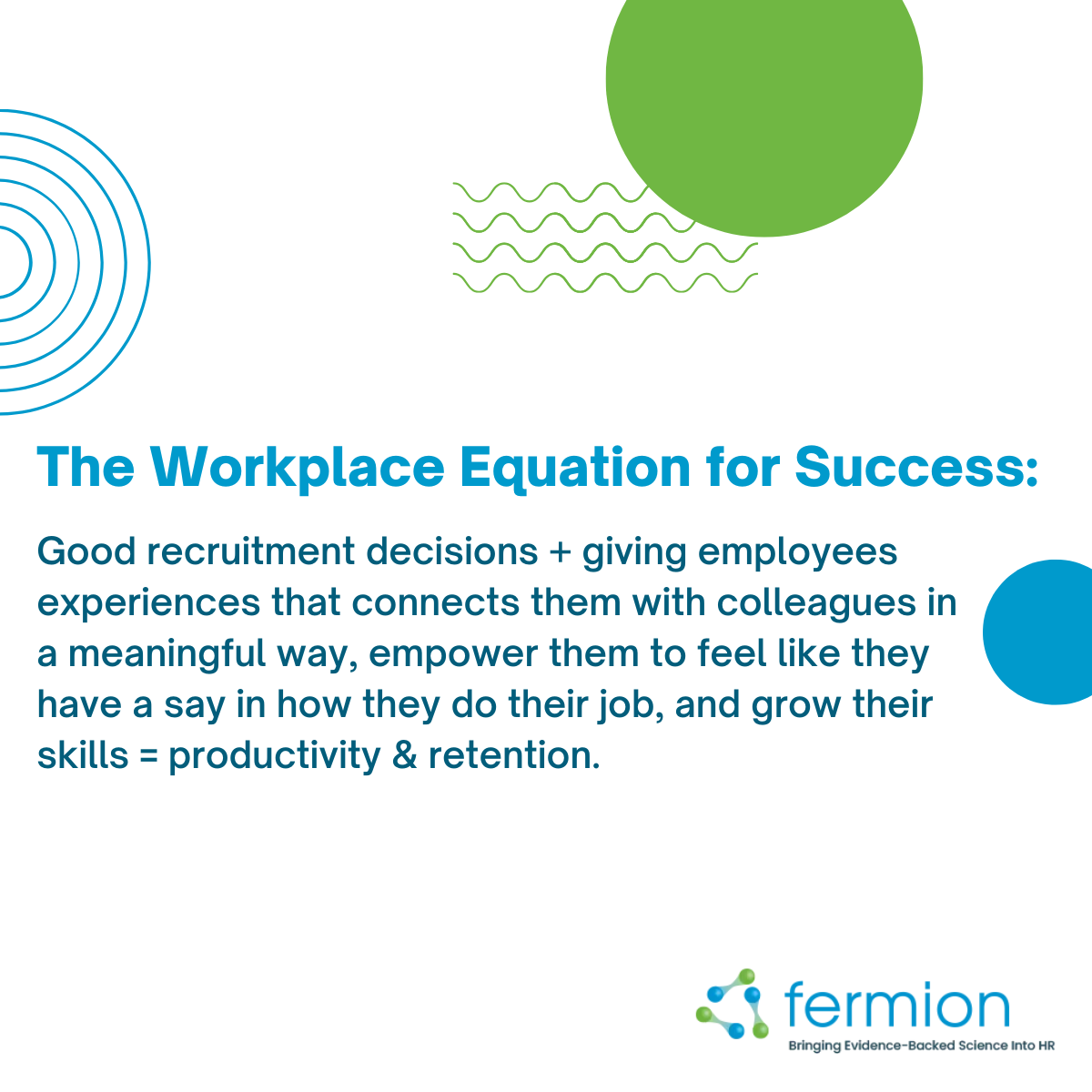Leadership Mishire Case Study: The Cost of a “Safe” CEO Hire
We hope you enjoy reading this blog post!
Fermion is a Wollongong-based HR consultancy that specialises in helping companies across Australia save money through innovative recruitment and retention programs. Let us help your organisation thrive.
How a Capable Insider Became the Wrong Leader for the Right Company
When John Flint became CEO of HSBC Holdings in February 2018, it seemed like the perfect appointment. An internal candidate with 30 years of experience and Flint knew the organisation intimately. He was trusted, competent, and widely respected.
But within 18 months, he was gone. The official reason? “The Board believes a change is needed.”
No misconduct. No scandal. Just a quiet, decisive end to a leadership mismatch.
The Real Cause: Misfit, Not Misconduct
HSBC faced a turbulent market — digital disruption, regulatory shifts, and growing geopolitical pressure. The bank needed transformation: faster decision-making, sharper strategy, and a more assertive leadership tempo.
Flint, by contrast, brought steadiness and caution — qualities that once defined strong banking leadership, but which clashed with the urgency of a rapidly changing industry. His leadership style was competent, but not context-fit.
This is what makes the Flint story so revealing. It wasn’t a case of poor ethics or low intelligence. It was a mismatch between leadership capability and business need — the essence of a CEO mishire.
The Strategic Lesson: Hire for the Future, Not the Past.
Flint’s short tenure underscores a powerful truth in executive recruitment:
“The safest choice can be the riskiest one when the business context changes.”
Boards often favour continuity — long-serving insiders who “know the business.” But deep experience can blind decision-makers to a candidate’s change capacity. In fast-moving industries, adaptability, pace, and cultural agility are non-negotiable.
Without them, even a capable leader can stall progress.
Sometimes bringing in an outsider is needed, however, an outsider is a stranger, so profiling and testing is an essential part of the selection process and not relying just on their CV and presenting well at the interview(s).
We also recommend adding the Honesty–Humility Test to your interview schedule:
Responses to these questions can uncover how candidates handle failure, take responsibility, and grow from setbacks — all traits tied to ethical leadership.
🎯 Please describe a time when you made a mistake at work.
🎯 How did you feel when this occurred?
🎯 What did you do?
🎯 What, if anything, did you learn from this experience?
🚩Be wary of any applicant who claims to have been the sole driver of significant changes or successes at their last workplace.
🚩Be especially alert to failure to acknowledge the contribution of others or seemingly overstating their position or role.
The John Flint case is not about failure of intellect or ethics. It’s a cautionary tale of leadership fit — and why even the best resumes can hide future-fit risks.
About the Author:
Christopher Apps is an Organisational Psychologist and the owner of Fermion. He stays updated on the latest psychology research and shares evidence-based insights. The focus of Fermion is "Psychometric Testing for Recruitment" and “Recruitment to Retention: How to Select Good Staff & Keep Them”. If you would like to learn how to select good staff and keep them, please feel free to contact us at Fermion.
“Learn from the mistakes of others. You can’t live long enough to make them all yourself.”
Eleanor Roosevelt.





